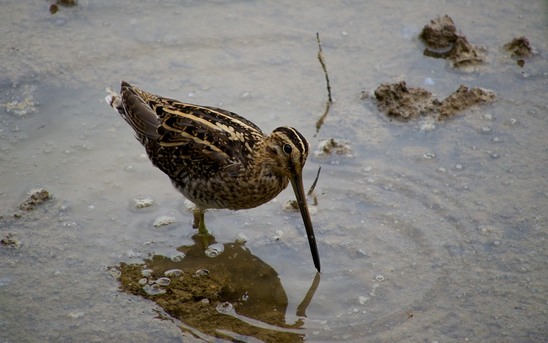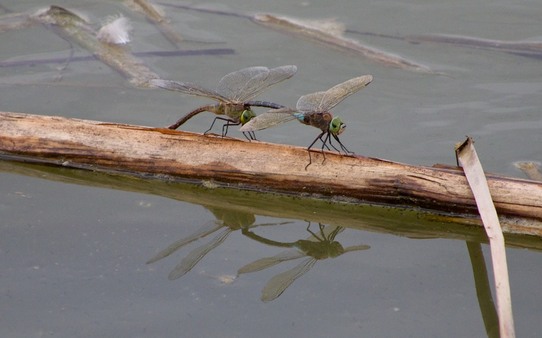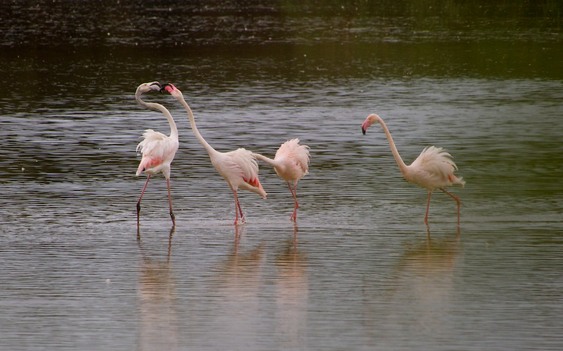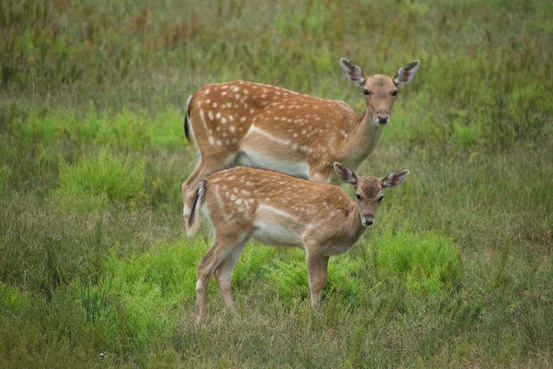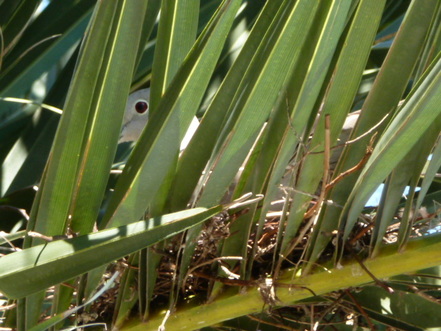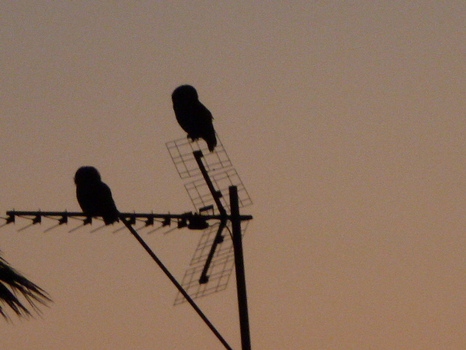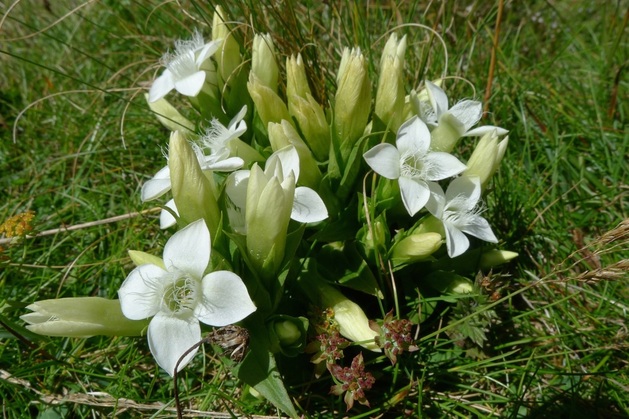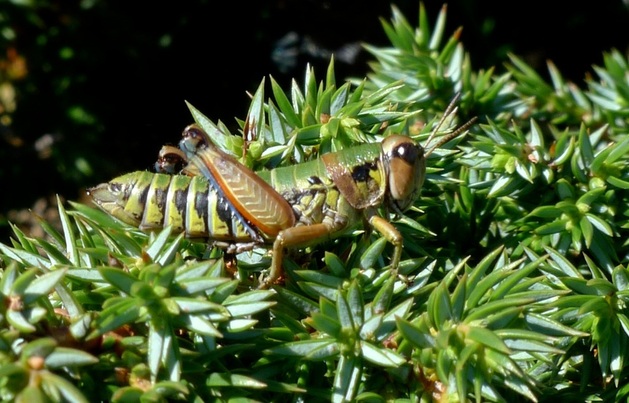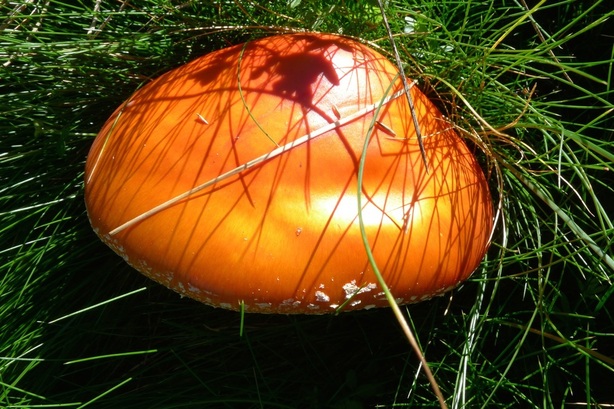Just as the plain of the Roussillon stretches north from the rocky coast of the Côte Vermeille, so the Emporda reaches south from the rocks of Roses and Cadaques. Our Étang is replaced by the pools and marshes of the Parc Natural dels Aiguamolls, and Martine and I recently spent an afternoon exploring a small and easily accessible part of it. The first hide we visited is very close to the Visitor Centre and felt quite familiar as we approached. The view from it, however, was completely changed from the spring when we had last been there: much of the wetland, formerly open water, had dried in the summer and was now very green grass. There were still storks, lots of them, mostly just standing around, and mallard – by the dozen. Just in front of the hide, behind some rushes, were a couple of snipe feeding industriously, and we had an excellent view of their lovely markings.
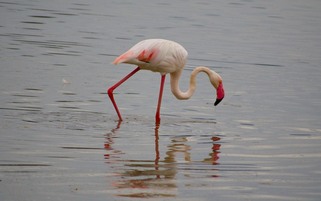
We watched them for a considerable time while they fed continually, progressing slowly through the water. We got excellent views of their wonderfully shuffling gait as they stir up the mud on the bottom, in order to sift through it for food with their remarkable bills. We had not seen this movement before, and after a while it is hard not to giggle as they do this slow waggling of their distinctly bony knees!
